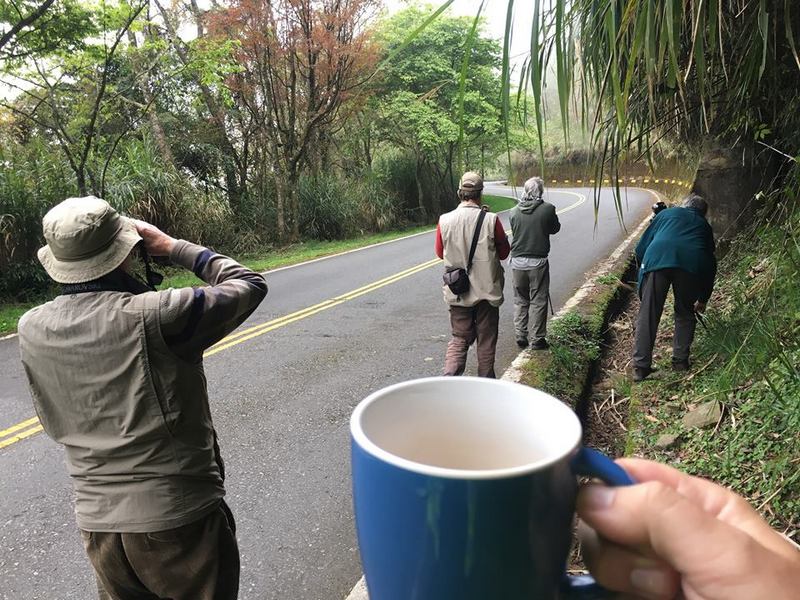
Birdwatchers in Taiwan (Photograph by Richard Foster)
My stepfather Ira was a physicist. He was also an avid birdwatcher. Perhaps it’s lingering teenage rebelliousness that’s kept me from developing an interest in either subject, which is a pity: Physics is fundamentally useful, and Taiwan (my adopted country) is an undisputed bird watcher’s paradise.
So when asked to write an article for Taiwan Scene on the subject of “birdwatching in Taiwan,” I realized I was out of my depth.
I reached out to Richard Foster, whose Twitter Handle “@TaiwanBirding” is very well deserved. A quick scan of Foster’s Twitter page revealed photos of birds in Taiwan stretching into digital infinity, with most photos captioned not just with the expected information like name of the bird and where it was spotted, but other informative snippets promoting birdwatching in Taiwan.
Over the course of a conversation that began on Twitter and stretched out over Facebook Chat and Email before ending in an old-school telephone call, Foster schooled me on why Taiwan is one of the best spots in Asia – and maybe the world – for birdwatching.
“So first, you should understand what a typically stereotypical hardcore birder looks like,” Foster began. “A highly-traveled man from the U.K., somewhere between the ages of 50-80, an obsessive box ticker who’ll tolerate rough conditions to catch a glimpse of a beautiful bird.”
Except for the U.K. passport, Foster had described Ira to a T. Many were the blustery New England mornings when I found myself accompanying my stepfather on missions to catch glimpses of this-or-that exotic species, him describing them precisely in hushed, earnest tones while I wished earnestly to return to bed.
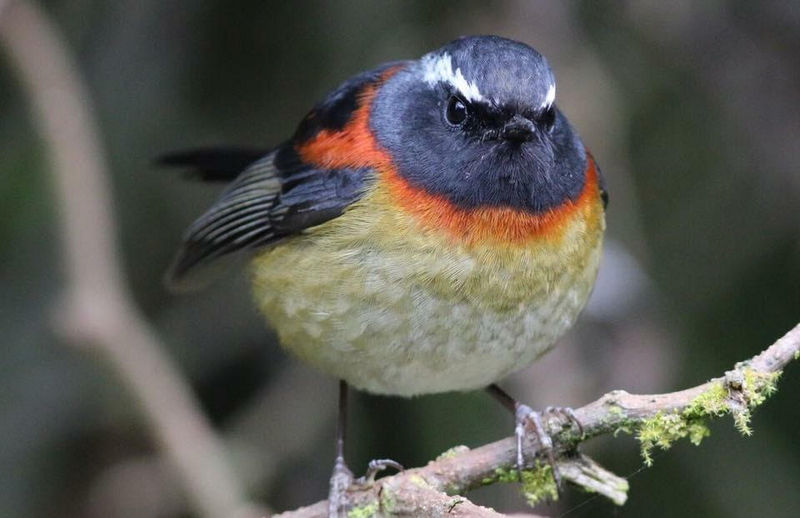
“But this stereotype is changing, as more women and young people are getting into bird watching, as well as travelers who are into incorporating bird watching into other types of travel, including photography, culture, and spotting other wildlife,” says Foster. “I’m keen to introduce Taiwan’s wildlife to this larger, more diverse, group – and to those with very, very little knowledge…or no experience at all.”
Why Taiwan is a Great Birding Destination
(and where we can improve)
According to Foster, Taiwan is well recognized as a good destination in this small but solidly-sized niche market, but that we could do even better still.
Some of the weaknesses fall clearly into the “unfixable barring a major leap in human terraforming capability” category. These include geography (Taiwan is far from both North America and Europe, where a majority of the world’s bird watchers come from) and weather (our summers are a bit too hot and sweaty, though we still have a long open season).
But other weaknesses are things that Taiwan can work to improve, and in some cases, are already working on. These include improving the overall quality of guides who know Taiwan’s bird species and have the proper knowledge and skill base to keep customers happy.
According to Foster, Taiwan’s list of positives for visiting birdwatchers far outweigh any disadvantages.
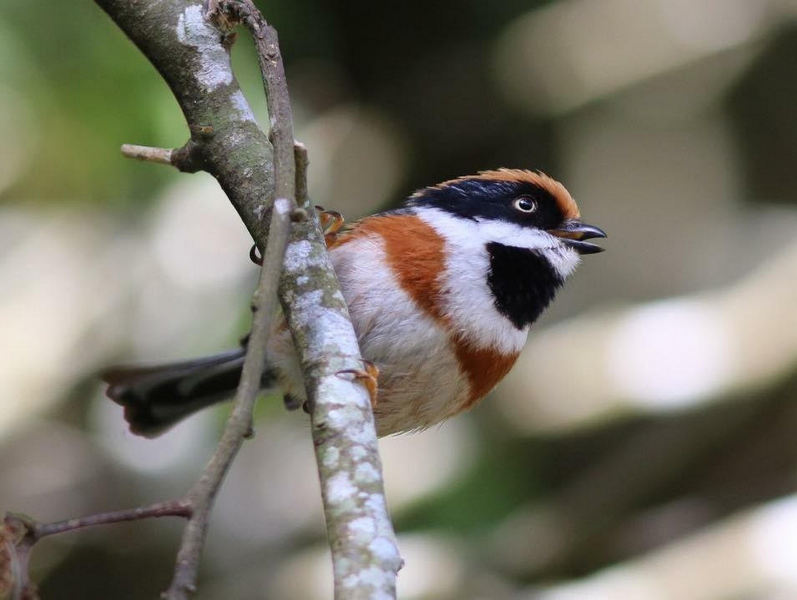
Some of these would make the list for any general “what makes Taiwan a great place to visit” article, including great infrastructure, affordable accommodations, low crime rate, friendly people, interesting culture, democratically elected government and increasing visa-free entry for many nationals.
But other reasons are more specific to bird watching, and I’ll list these in an easy to grasp bullet-point format to illustrate my gratitude at Foster’s explaining them to me in language that a guy with no experience birdwatching (outside of having been dragged reluctantly as a teenager) can understand.
- High biodiversity, with over 80 endemic and endemic subspecies.
- Being able to experience everything from Tropical to Alpine flora over the course of short multi-day tours.
- A general lack of ticks, chiggers, malaria, dengue, or rabies, all very high selling points for older groups looking to spend long periods of time thrashing around wooded areas.
- Extensive well-protected mountain forest and wetlands good for year-round birding experiences.
(Read also: Into the Mountains – Exploring Taipei City’s Outskirts)
The Birds of Taiwan
When it comes to birdwatching in Taiwan (or anywhere else), the true stars of the show are the birds themselves. According to the Chinese Wild Bird Federation (generally considered the authority on things avian here in Taiwan), 657 species have been recorded in Taiwan (though this drops to a still-impressive 628 if Taiwan’s outer islands are excluded). This number includes bird species ranging from residents, regular visitors and what are known as “vagrant birds”.
(Though the term vagrant birds brings images of the much-maligned Ibis, well known to Australians for hanging out around trash bins and being, to quote a popular Australian song “Picnic wrecking jerks“, a bird is considered vagrant if it strays far outside its expected breeding, wintering or migrating range. By this definition, the Ibis would be considered introduced exotic nuisances rather than vagrants.)
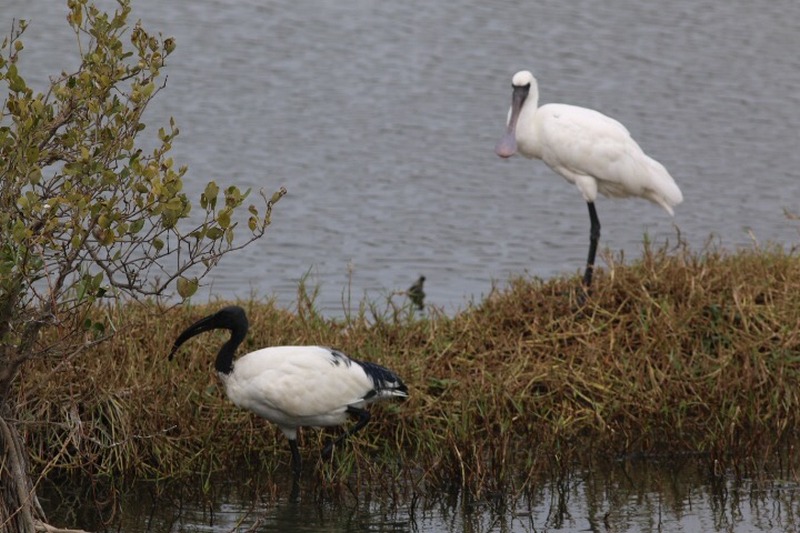
What really sets Taiwan apart are the number of endemic species found in Taiwan, which boasts 28 species and 55 subspecies which are only found in Taiwan. Among the 83 species and subspecies endemic to Taiwan are the Taiwan Partridge, found in the thickets and undergrowth of the broadleaf forests of Taiwan’s central and eastern mountains, the Taiwan Yuhina, a small, distinctly colored songbird whose twi-MI-chiu resembles (to English speakers, at least) the phrase “We MEET you”, and the Taiwan Flamecrest, so named for its yellow-orange crest.
Other birds that birders flock to Taiwan to spot include Swinhoe’s Pheasants, Mikado Pheasants (which graces the back of Taiwan’s NT$1000 bill), Taiwan Barbets, Taiwan Whistling-Thrushes, Collared Bush-Robins, Yellow Tits, Taiwan Rosefinches, Maroon Orioles and Taiwan Blue-Magpies (just to name a few).
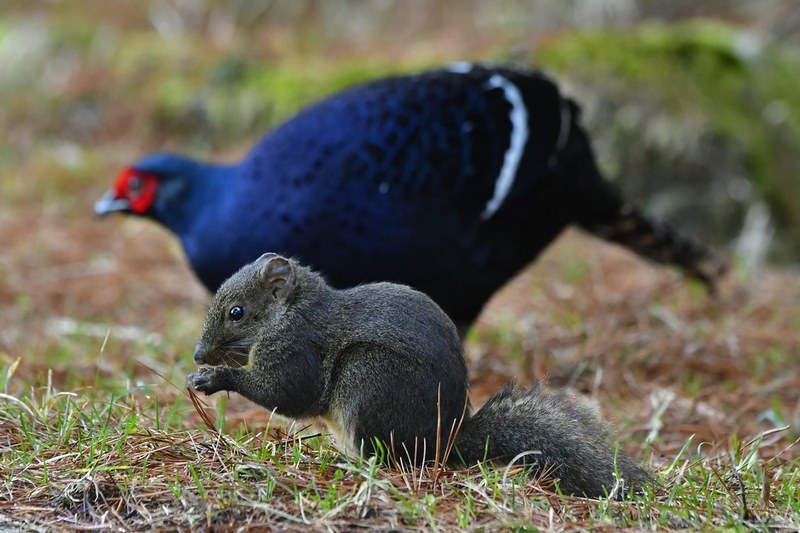
“In a typical fast-paced 9-13 day bird tour, birders visiting Taiwan can expect to see 150-250 species, Including almost all of Taiwan’s endemic species,” says Foster.
The best seasons for birding in Taiwan
Like a lot of activities in Taiwan, birding is possible throughout the year, but some seasons are better than others. According to Foster, spring is best, but autumn and winter are almost as good. Summer is hot, of course, but still acceptable at higher elevations. Should your travels bring you to the island’s southern tip around October tenth, Foster suggests heading to Sheding park in the morning and Manjhou around dusk to catch the raptor migration. And for a real change of scene (and to see species you’ll not see at all on Taiwan itself), head to Matsu (especially Dongyin Island) for migration season (mid-April to mid-May, and again from mid-September to mid-October). Another excellent change of scene, especially for winter birding, can be had on the farthest corner of ROC territory on the island of Kinmen.
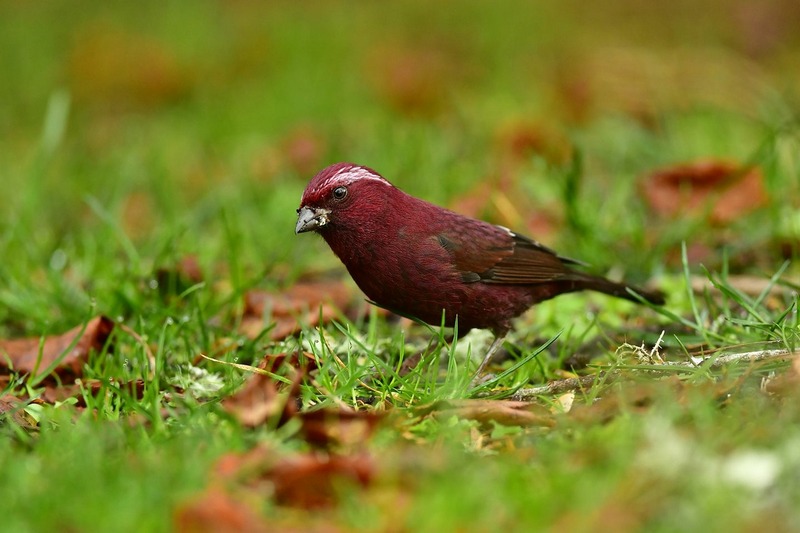
The Best Spots for Birdwatching in Taiwan
In general, the best place to see the largest number of Taiwan endemics are in the numerous mid-and-high mountain recreation areas.
“Head out to Daxueshan (“Big Snow Mountain”) and you can often spot Swinhoe’s and Mikado pheasants right next to the road,” Foster suggests, adding that Huisun Forest, Alishan forest and Yushan (“Jade Mountain”) National Park are all prime spots for birdwatching. For visitors inclined to stick around in Taiwan’s low-lying wetlands (more accessible in the winter months) Foster suggests Yilan County, Jincheng Lake near Hsinchu City; Aogu Wetland, Chiayi County and Budai Wetland.
But birders who lack the time or inclination to leave the capital can still get a taste of Taiwan’s birdwatching scene if they know where to look. While researching my first Taiwan Guidebook for Lonely Planet in 2007, I followed the advice of a previous author and headed down to the Taipei Botanical Garden to seek out the Malayan Night-Heron, a smallish solitary bird well known for feeding in the park as it travels around Southeast Asia. I was able to spot a Malayan Night Heron by following the bird photographers (a strategy which Richard Foster recommends for novice birders in other spots throughout Taipei City, including Da’an park and the ponds and trees of the edges of CKS Memorial).
On the edges of Taipei City, other good spots for birding include the Huajiang Wild Duck Park and the Guandu Nature Park, two excellent facilities managed by Taipei Bird Society. Foster cites as his favorite spots for birdwatching within shouting range of the city one of my own go-to spots for tribal cuisine and hot springs within 30 minutes of the nearest MRT station, the town of Wulai just south of Taipei City.
“Lots of good birds in Wulai,” says Foster. “Look out for the Blue Magpie, and Maroon Oriole.”
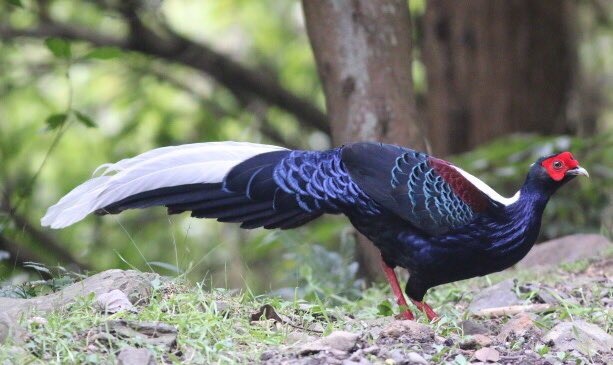
Taiwan Scene would like to thank Richard Foster for his extremely patient advice on Birding in Taiwan. And Ira, if you’re reading this and feel like heading to Taiwan to do some birdwatching, contact me at [email protected].
Interested in doing customized Taiwan birdwatching tour? Click here to learn how MyTaiwanTour creates customized nature, adventure & cultural tours!
More on Taiwanese animals: In search of the elusive Formosan black bear

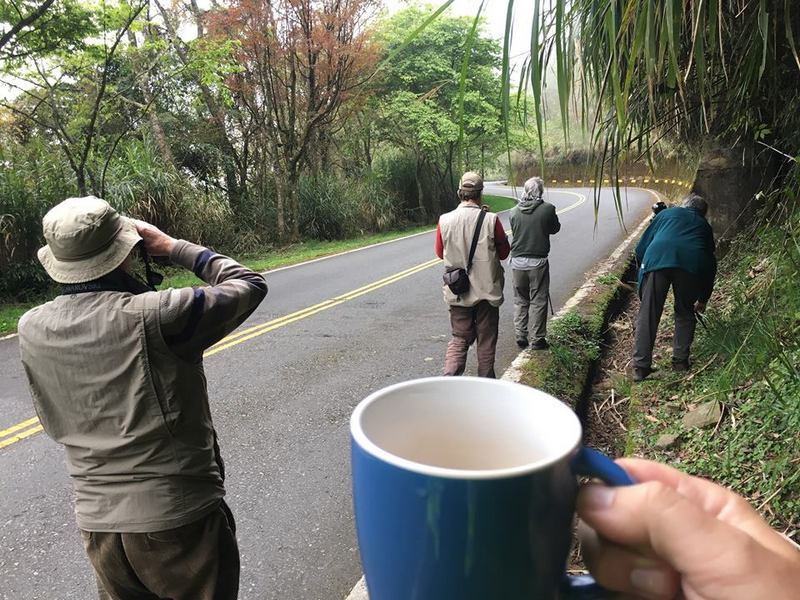











Comments are closed.